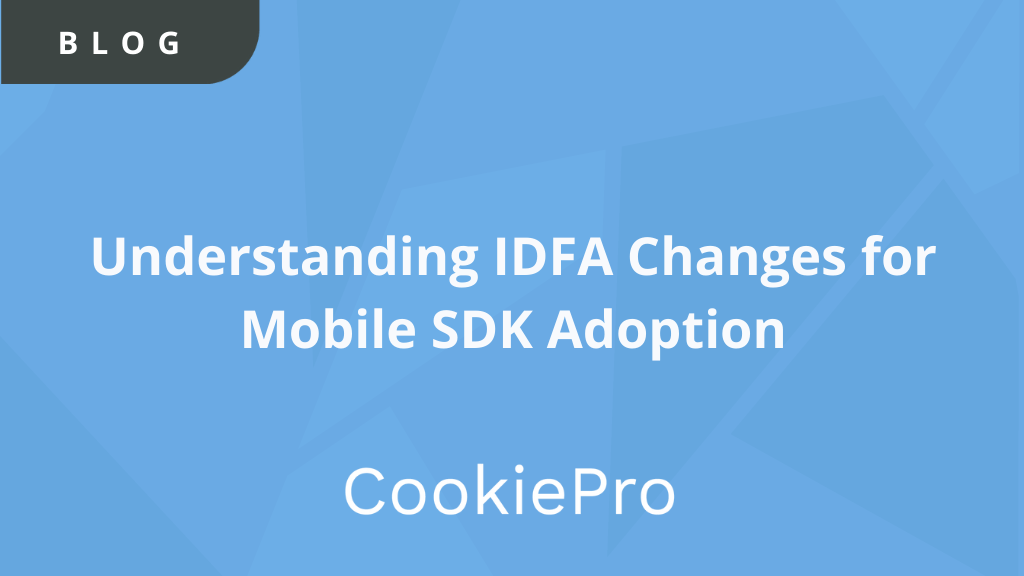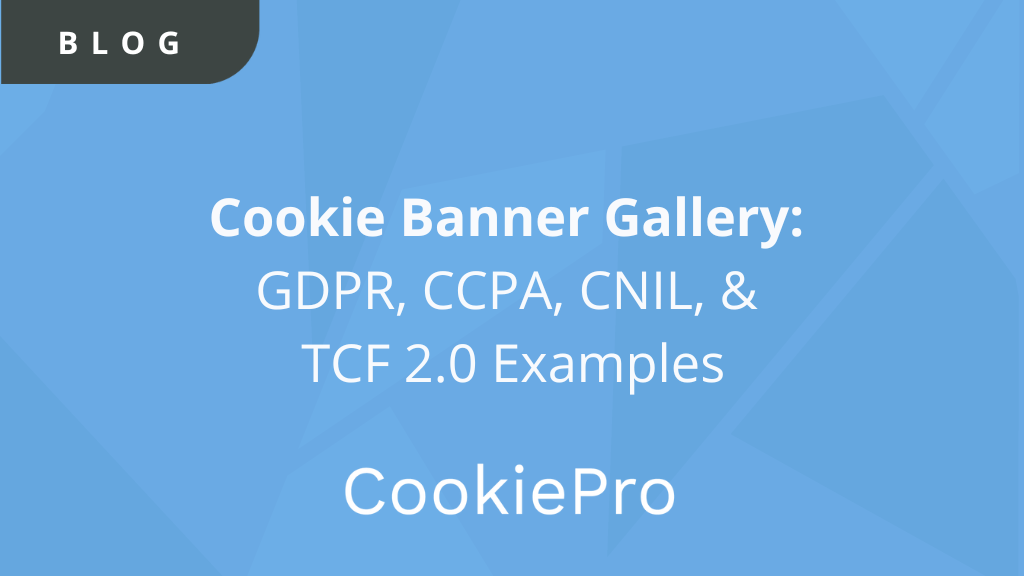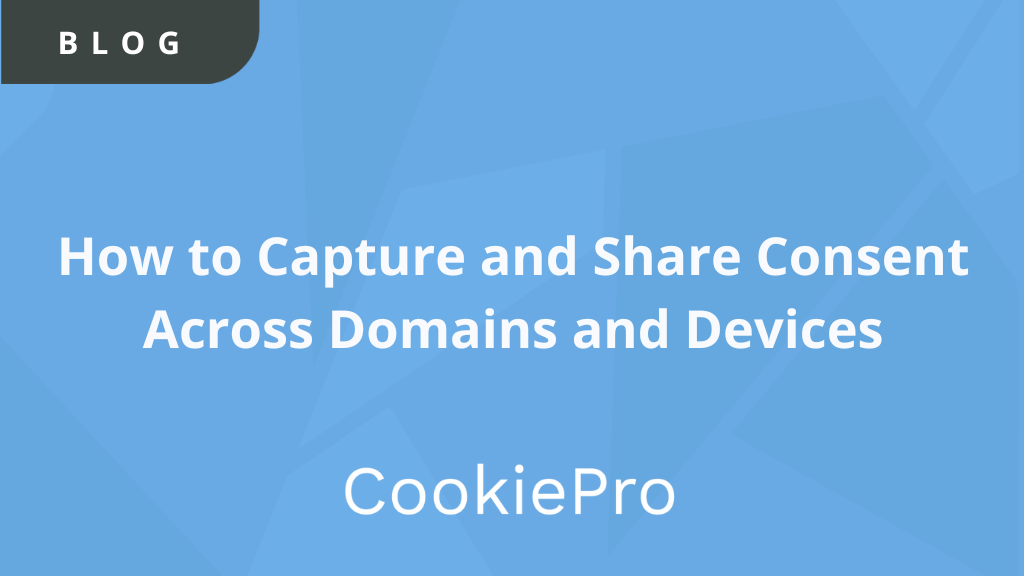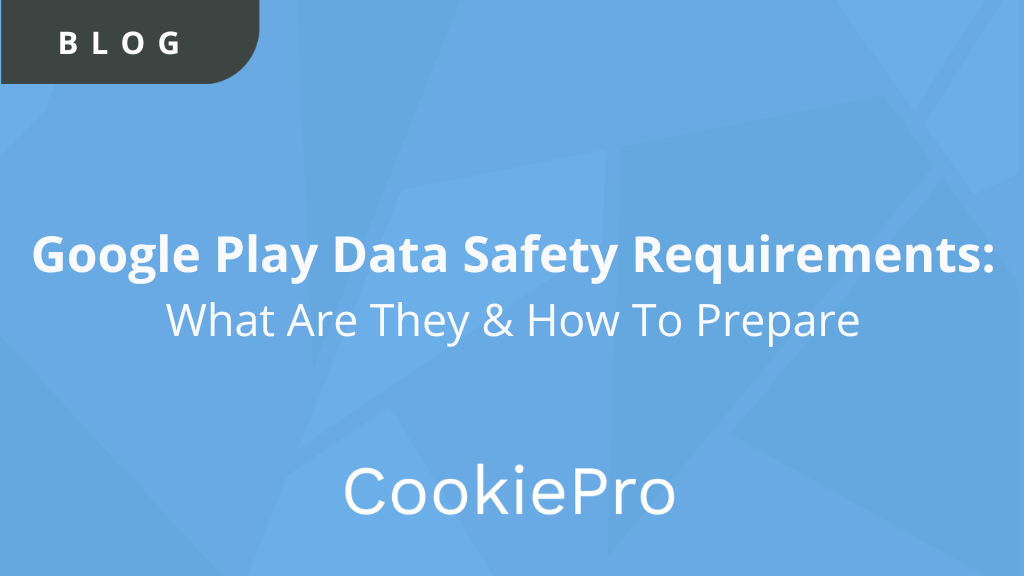Understanding IDFA Changes for Mobile SDK Adoption
Apple’s iOS 14.5 has been live for a few months now. Advertisers are now required to gain people’s permission to use the IDFA...

Apple’s iOS 14.5 has been live for a few months now. Advertisers are now required to gain people’s permission to use the IDFA identifier at an app level. IDFA identifiers allow companies to track and anonymously identify users within the app which they can use to target users with relevant advertising and essentially allow the app to be free.
While Apple’s update caused concerns for many mobile advertisers, the effects have already been uncovered through the supply change. As a result, it’s essential for companies and advertisers to understand exactly what these changes mean, how they will impact their business, and how to best navigate them.
Advertisers and companies that adapt to these growing changes now, and incorporate them into their competitive advantage, will see the biggest growth.
The 5 Key Takeaways
To find success with IDFA adoption there are some key takeaways to understand.
1. Information Collaboration Between Industries
As we navigate through new and evolving changes privacy changes, it’s important for industries to learn from each other. In order to best communicate the value exchange to users, it’s essential to analyze how opt-in rates differ in each industry. For example, health and lifestyle apps have already seen the highest opt-in rates. Additionally, the ecosystem in which the app operates, such as the free-to-use model, will need to be monitored to determine how to optimize and encourage opt-in rates. The best way to communicate will ultimately be determined not by individual companies but industries as a whole.
2. Test Your Strategy
Implementing new changes requires testing of all variables, it’s not good enough to just assume. For example, the most important strategy to test is your language. Whether you provide your users with a pre-warning prompt, testing is essential to understand what resonates best with your consumers and increases opt-in rates. How transparent you are with your language will also have an impact, such as ‘Save Changes’ vs. ‘Allow Tracking’. Testing other items such as asking for consent at specific times might help increase your opt-ins as well.
3. Transparency is Essential
It is up to the advertiser to clearly explain the value exchange to the users. Especially, if your app has free content, it needs to be simply explained. Consent opt-in rates verify across industries. Simply put, those users are willing to share their data when they see a real benefit or have a trusted relationship with the company. If a user has downloaded your app, they’ve already proved a need, it is then your job to be as clear as possible as to why you need their data and most importantly, how you will protect it. Transparency is key to prove to users that providing their data is just as much in their interest as it is for yours.
4. First-Party Data is Valuable
The reliance on first-party data is increasingly overlooked, especially during times with growing scrutiny and limitations on websites and advertisers. Utilizing the first-party data you have from your users, offers the best return on investment in terms of understanding who your audience is and what their habits and behaviors are. Typically, users use third-party data to better target their consumers, but you can still personalize your users’ experiences with first-party data and advertise products and content they want to see.
5. Prepare Now
Taking a proactive approach is vital to not only stay successful and adaptable in the future but an opportunity to make trust a competitive advantage. Many companies have been testing and preparing for months for the IDFA changes. But there’s still remains a good majority of companies that are not taking the opportunity to prepare pre-prompt messages to users. When companies fail to educate consumers about the value exchange they may experience significant drop-offs in consent opt-in rates.
Additional Resources:
- Blog: Apple iOS 14.5 IDFA FAQs
- Blog: Apple iOS 14: Guidelines for Prompts & Nutrition Label
- Watch the Webinar: iOS 14 IDFA Changes: How to Maximize Opt-Ins
Mobile App Consent with CookiePro
CookiePro’s Mobile App Consent solution is designed to assist iOS app owners to scan their applications. Scan results allow you to understand the data being collected. You can also customize an App Tracking Transparency pre-prompt to display device permission notices for pre-release testing purposes. Additionally, you can use the tool to measure the impact and performance of your app tracking transparency prompt.
Learn more about CookiePro’s Mobile App Consent feature or register for a demo today to see how CookiePro can help support Apple iOS 14.5 Privacy Requirements compliance!
You Might Also Like











